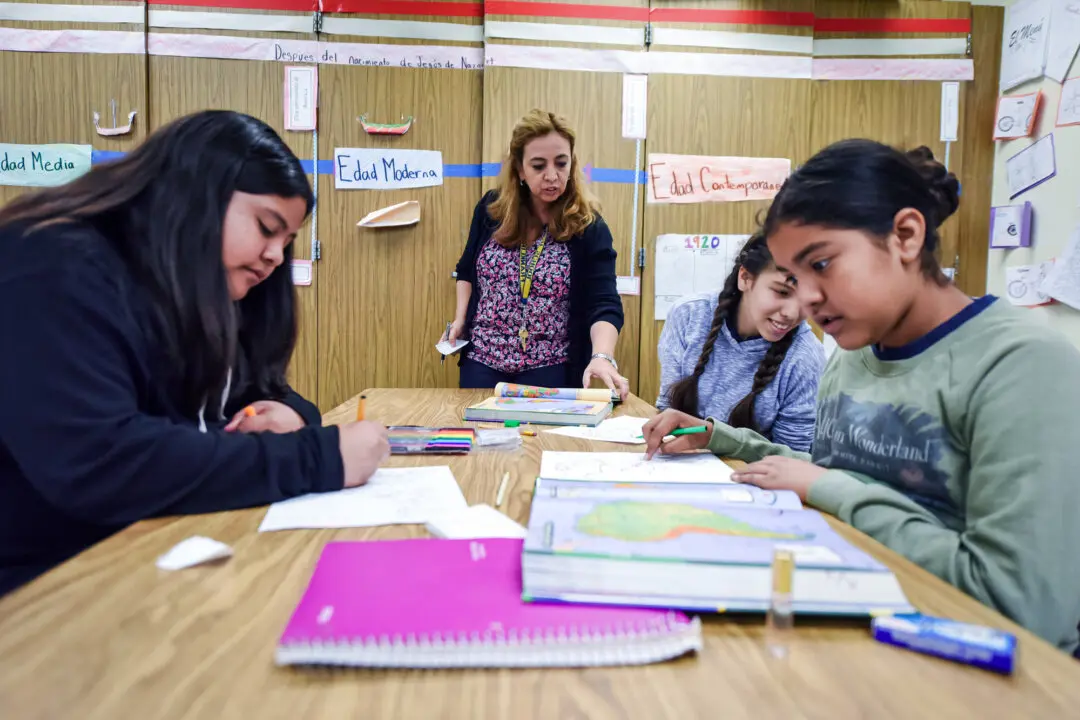California Department of Fish and Wildlife (CDFW) officials reported the state’s first case of COVID-19 detected in free-ranging wildlife was found in a mule deer from El Dorado County.
The mule deer, a buck, was killed by a hunter in 2021. A sample was taken by the state department and tested for chronic wasting disease, but that came back negative.
The CDFW later heard about reports of the virus in free-ranging white-tailed deer and mule deer in other states and Canadian provinces. The department then tested multiple samples of deer lymph nodes for SARS-CoV-2, the virus that causes COVID-19. All of the samples had been collected as part of the wasting disease surveillance effort.
The mule deer came back positive for SARS-CoV-2.
The department reminded the public not to intentionally feed deer, as it increases the likelihood of spreading disease and may be a source of the virus exposure, Munk added.
The state had never before detected the virus in California’s free-ranging wildlife.
A total of 379 black-tailed and mule deer samples from 2020 and 2021 were tested for the virus at the California Animal Health and Food Safety Laboratory at the University of California–Davis. The U.S. Department of Agriculture confirmed the testing.
According to the Centers for Disease Control (CDC), the risk of animals spreading COVID-19 to people is low.
Animals around the world have been infected with SARS-CoV-2. Most of the infections came from contact with people who had COVID-19, including owners, caretakers, or others in close contact.
So far, animals in zoos, including several types of big cats, otters, primates, hyenas, hippopotamuses, and manatees, have tested positive for COVID-19. Other animals that have been infected with the virus are wild mink and mink on mink farms, white-tailed deer, a giant anteater, and a black-tailed marmoset.
The virus can spread from people to animals during close contact, but more studies and surveillance are needed to understand how the infection is spread this way, the CDC reported.
There is no evidence that people can contract COVID-19 by eating meat from an infected animal, according to the CDFW. Still, hunters are encouraged to take appropriate precautions when handling and dressing game and practice good food hygiene when processing their animals.





